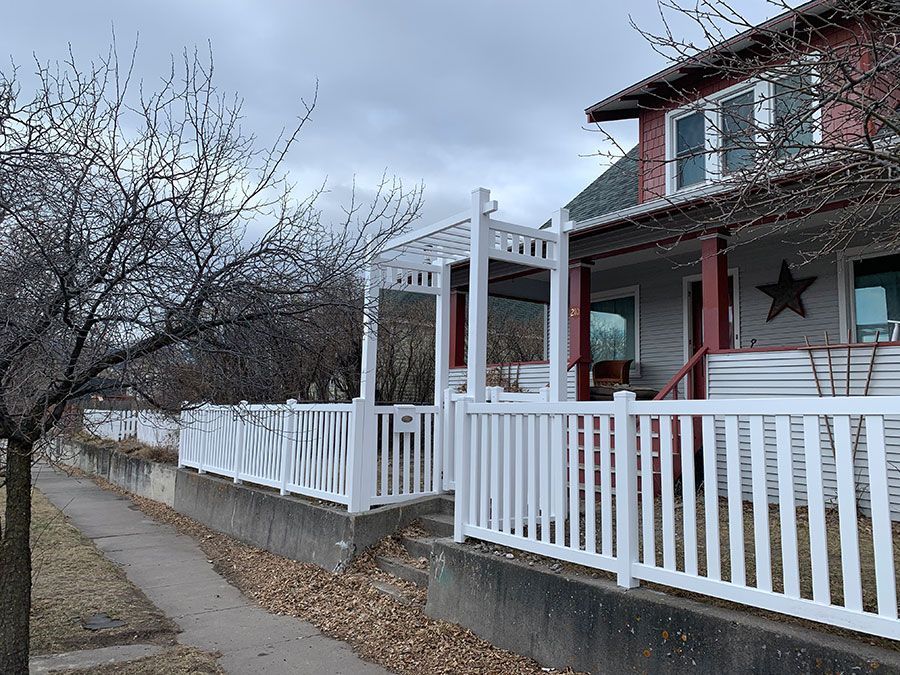Ornamental iron fencing is more than just a practical boundary marker—it's a symbol of beauty, craftsmanship, and history. The history of ornamental iron fences is deeply intertwined with the evolution of architectural and cultural styles, making them a timeless choice for both functionality and elegance. Join us as we dive into the journey of ornamental iron fences, their growth through history, and their lasting impact on modern aesthetics.
Early History of Ornamental Iron Fences
The roots of ornamental iron fencing can be traced to ancient Egypt and Rome, where early examples of iron and bronze barriers were used. Initially, these fences focused on functionality, but as metallurgy advanced, so did the potential for intricate, artistic designs.
Transformations in the Design of Ornamental Iron Fences
By the 17th century, ornamental iron fences began to feature more complex and elaborate designs, particularly in Europe. The 18th-century industrial revolution played a key role in making iron production more widespread, allowing for the creation of intricate designs. Elaborate scrollwork, finials, and decorative patterns became the hallmark of grand estates, palaces, and even city landscapes, propelling ornamental iron into a new era.

How Culture Shaped Ornamental Iron Fencing Designs
As iron fencing spread across different regions, designs became more influenced by local culture and heritage. In France, the baroque-style fences highlighted aristocratic traditions, while in the U.S., iron fences were a sign of status, particularly among wealthy industrialists and landowners. These cultural influences resulted in diverse designs, each reflecting regional tastes and available materials.
Contemporary Adaptations of Ornamental Iron Fencing
Today, ornamental iron fencing has evolved to meet the needs and tastes of the modern world. While traditional styles remain popular, there has been a rise in contemporary adaptations that combine the elegance of old-world design with new materials and technologies. Modern iron fences can be found in both residential and commercial properties, offering a combination of security, durability, and visual appeal. Today’s designs continue to honor the history of ornamental iron fences while embracing sleek, minimalist styles that cater to a range of architectural preferences.
Wrapping Up
The history of ornamental iron fences is a story of transformation, from simple functional barriers to masterpieces of design. Whether you're considering ornamental iron fencing for your property or simply appreciating the craftsmanship of these fences, their rich history and continued evolution make them a remarkable choice.
What style of ornamental iron fencing do you prefer for your home or business? Let us know in the comments below!
#OrnamentalIronFencing #HistoryOfFencing #IronFences #FenceDesign #Metalwork #DecorativeIron #FencingHistory #ModernDesign #CulturalDesign